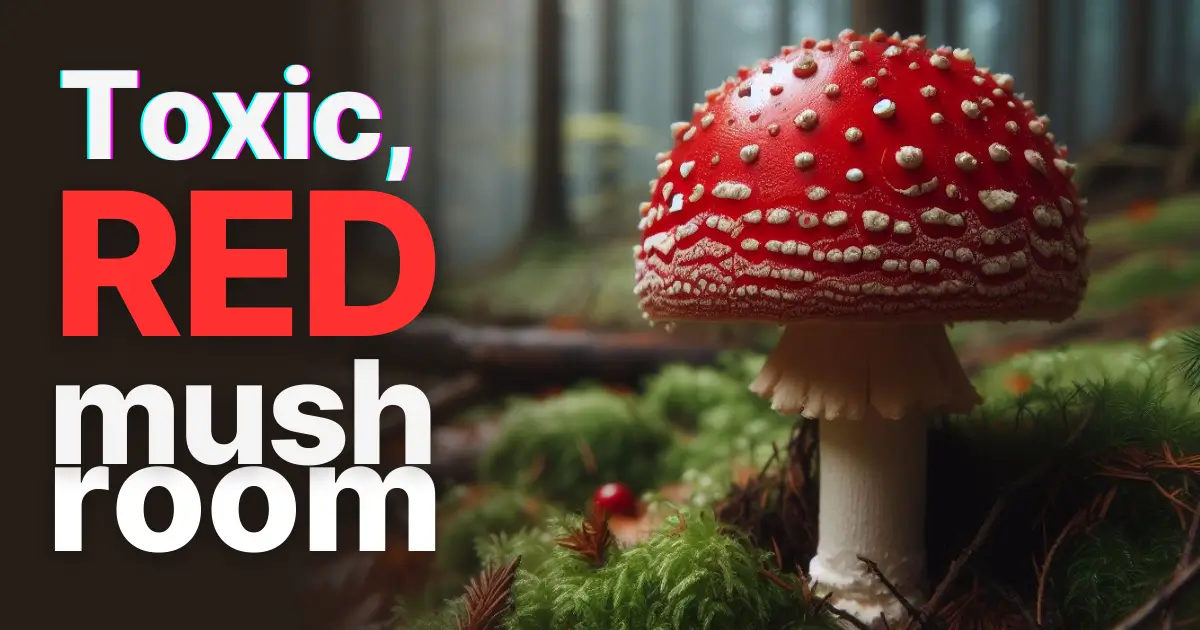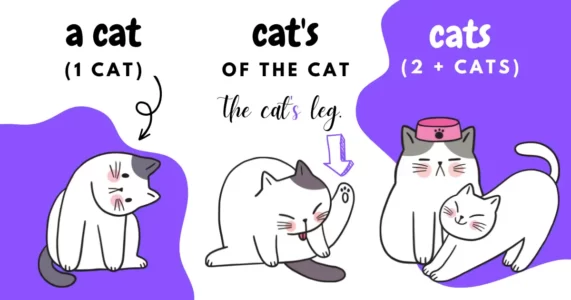The topic of the order of adjectives can be confusing because many resources offer slightly different orders, sometimes with more or fewer categories. This page presents it in an interactive and learner-friendly way.
General information
Adjectives are words that modify (describe) other words. When that happens, we learn more about the other words in terms of their size, shape, color, or some other quality. Some words that adjectives can describe include nouns1, pronouns2, or gerunds3.
- beautiful flowers1
- оh, poor me2
- dirty dancing3
Adjectives can be either:
- before the word they describe
- after it, following the linking verb to be
- after a sense verb that acts as a linking verb
- That is an interesting story.
- This story is interesting.
- This story sounds interesting.
*Linking verbs are not action verbs. Sometimes called state-of-being verbs, they tell us what the subject is by identifying and describing it rather than what it does.
- Tom is a cat. When he is scared, he jumps and hisses.
**The most common linking verb is to be in all its forms (is, was, has been, will be, etc.). Other verbs that can act as linking verbs are the sense verbs (to look, to seem, to taste, to feel, to smell, and to sound).
- Sorry, I am late.
- That seems strange.
📝Remember
Adjectives can go right before the word they describe, or after it, following a linking verb.
- That is an interesting story.
- This story is/ seems strange.
Let’s not forget that not all languages position adjectives the same way. Depending on the native language of your learners, this may be challenging.
Language comparison
For example, in Spanish, most adjectives usually go after the noun they describe. If they move before the noun, the meaning may change.
- English – a tall man
- Spanish – un hombre alto
Some languages have grammatical gender. That means there needs to be a gender agreement between the adjective and the word it describes. So, the adjective’s ending also changes.
- English – a small boy; a small girl
- Finnish – pieni poika, pieni tyttö
- Spanish- un niño pequeño; una niña pequeña
- Russian- маленький мальчик; маленькая девочка
In some languages, plurals also play a role, and there needs to be agreement there, as well. Luckily, English is easier in that respect. There is no need to learn endings for adjectives.
- English – a beautiful house; beautiful houses
- Finnish – kaunis talo; kauniita taloja
- Bulgarian – красива къща; красиви къщи
More than one adjective
To describe something further, we add two or more adjectives.
- What a beautiful, small garden.
In such cases, the adjectives come in a particular order.
- I have a big brown dog. ✅
- I have a brown big dog. ❌
*The order of adjectives is not written in stone. Different sources order adjectives differently and sometimes even have more or fewer categories.
Opinion adjectives1, which convey our personal views, usually appear before other adjectives. The others describe factual aspects such as height, shape, color, origin, and more. They are collectively called fact adjectives2.
- Pretty1, round2 table.
- Beautiful1, red2 dress.
- Nice1, long2 hair.
Types and order of adjectives: an (interactive) infographic
For the interactive features below to work, consider using the Chrome browser.
1. Adjectives of opinion
We use opinion adjectives to express our opinions and thoughts about something or someone.
Note! Opinion adjectives do not support facts! They express opinions!
good, bad, beautiful, nice
Lily is such a nice dog!


2. Size and measurement adjectives
Adjectives of measurement and size describe if someone or something is tall, short, big, long, small, etc.
big, small, tiny, huge
Kodiak bears are the largest bears in the world.
3. Adjectives of shape
As the name suggests, we use shape adjectives to describe things in terms of their shape.
*Some adjectives in this category are also nouns.
*square, *round, rectangular, flat
A planet is round because of gravity. A planet’s gravity pulls equally from all sides. (example source)
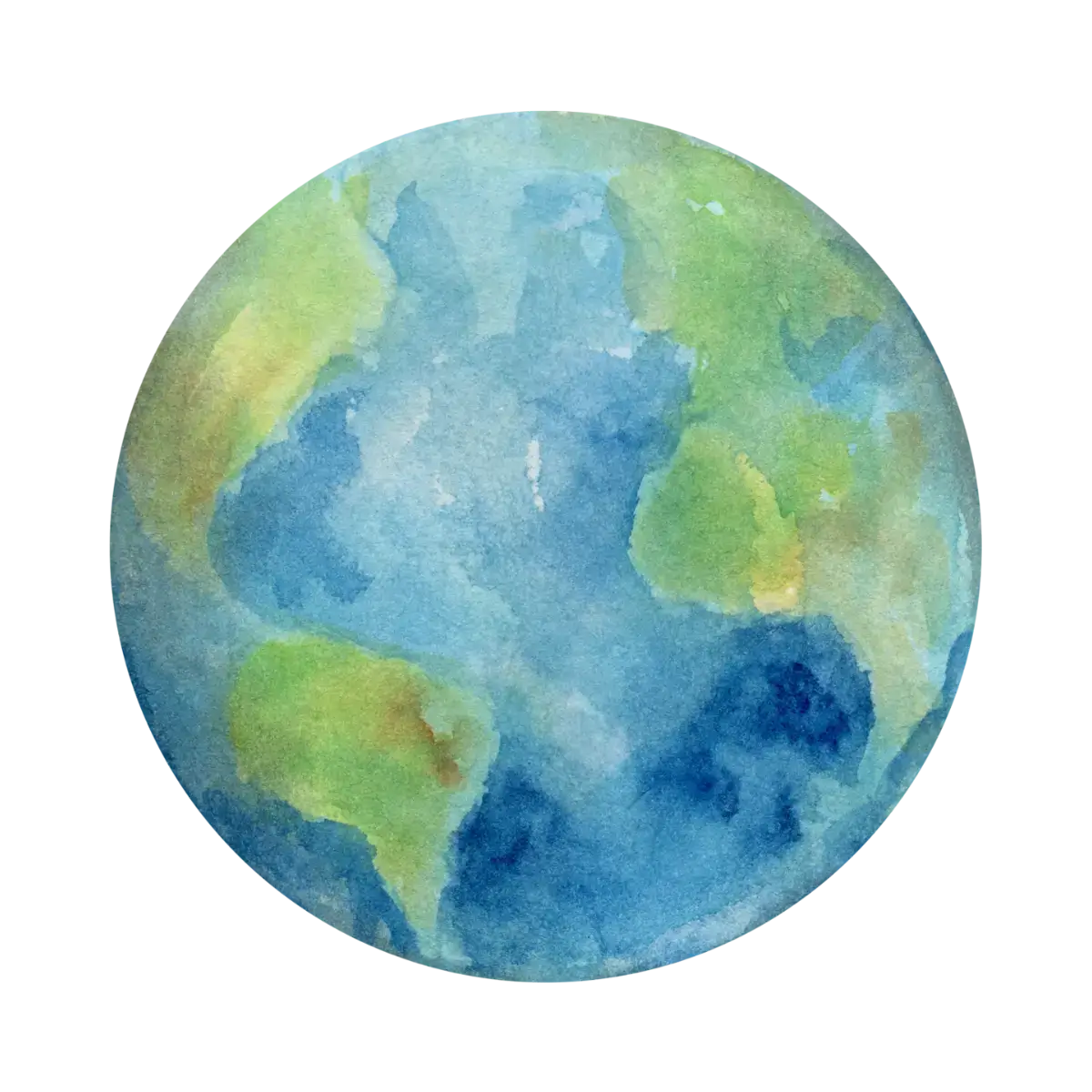
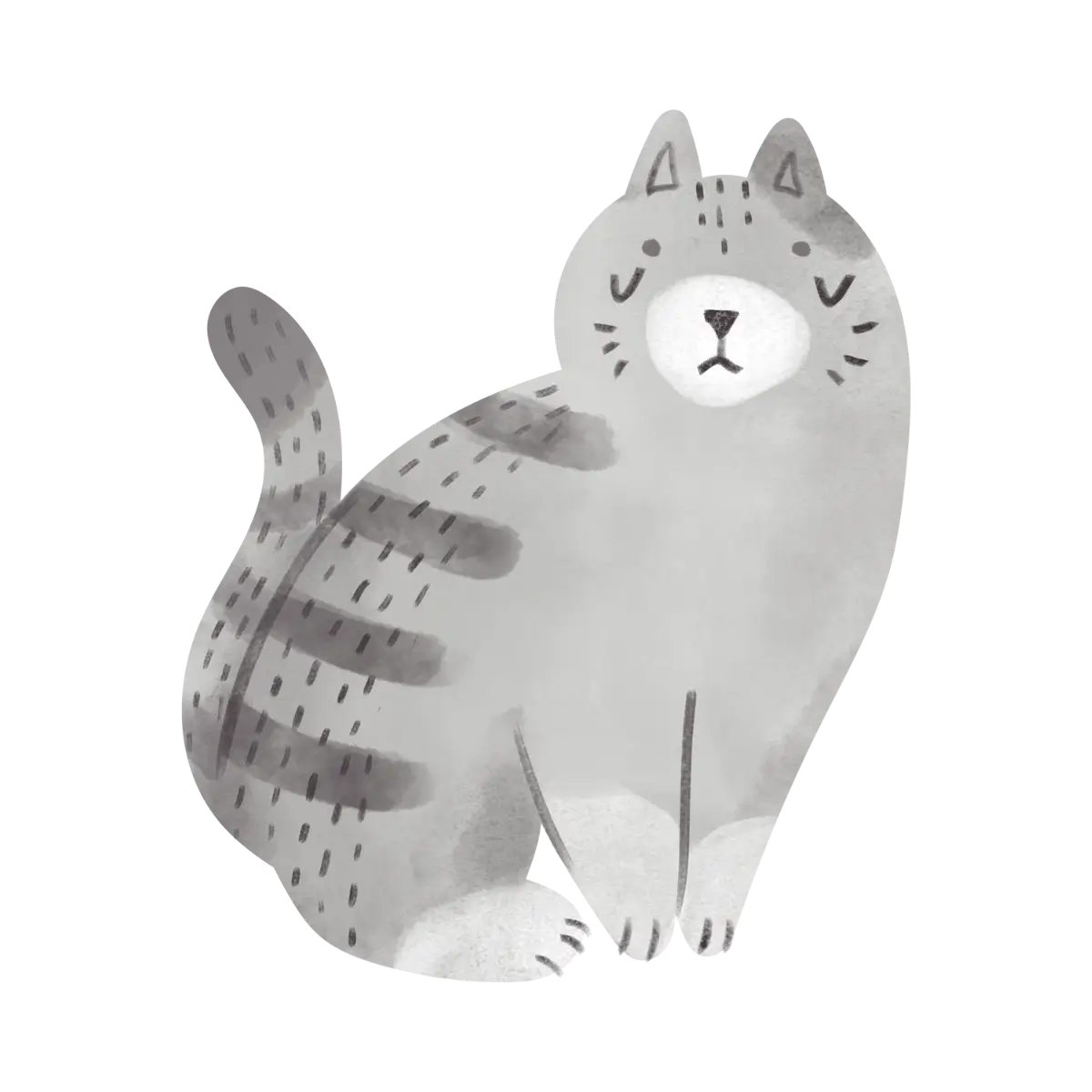
4. Adjectives of condition
Adjectives of condition describe the condition or state something or someone is in. Conditions can be general (rich, powerful) or temporary (clean, dirty).
Emotions (happy, sad) are also considered condition adjectives.
happy, sad, clean, dirty
My cat Oreo isn’t very happy right now.
5. Age adjectives
We use these adjectives to talk about age. Some describe only people (young, old), and others, only things (new, antique).
young, old, new, antique
A new dinosaur fossil from Morocco dating to 167-163 million years old is thought to be the oldest ever discovered. (example source)


6. Adjectives of color
We use color adjectives to indicate the color or the approximate color of things (bluish, yellowish).
We can also use the property of colors (opaque); if they are in the same sentence, the property comes first.
orange, reddish, transparent
You should never eat red mushrooms because they are toxic.
7. Adjectives of pattern
Adjectives of pattern describe the patterns of animal coats and materials, such as furs, fabrics, etc.
polka-dot, checked, striped
A tiger’s striped coat helps them blend in with trees and tall grasses.
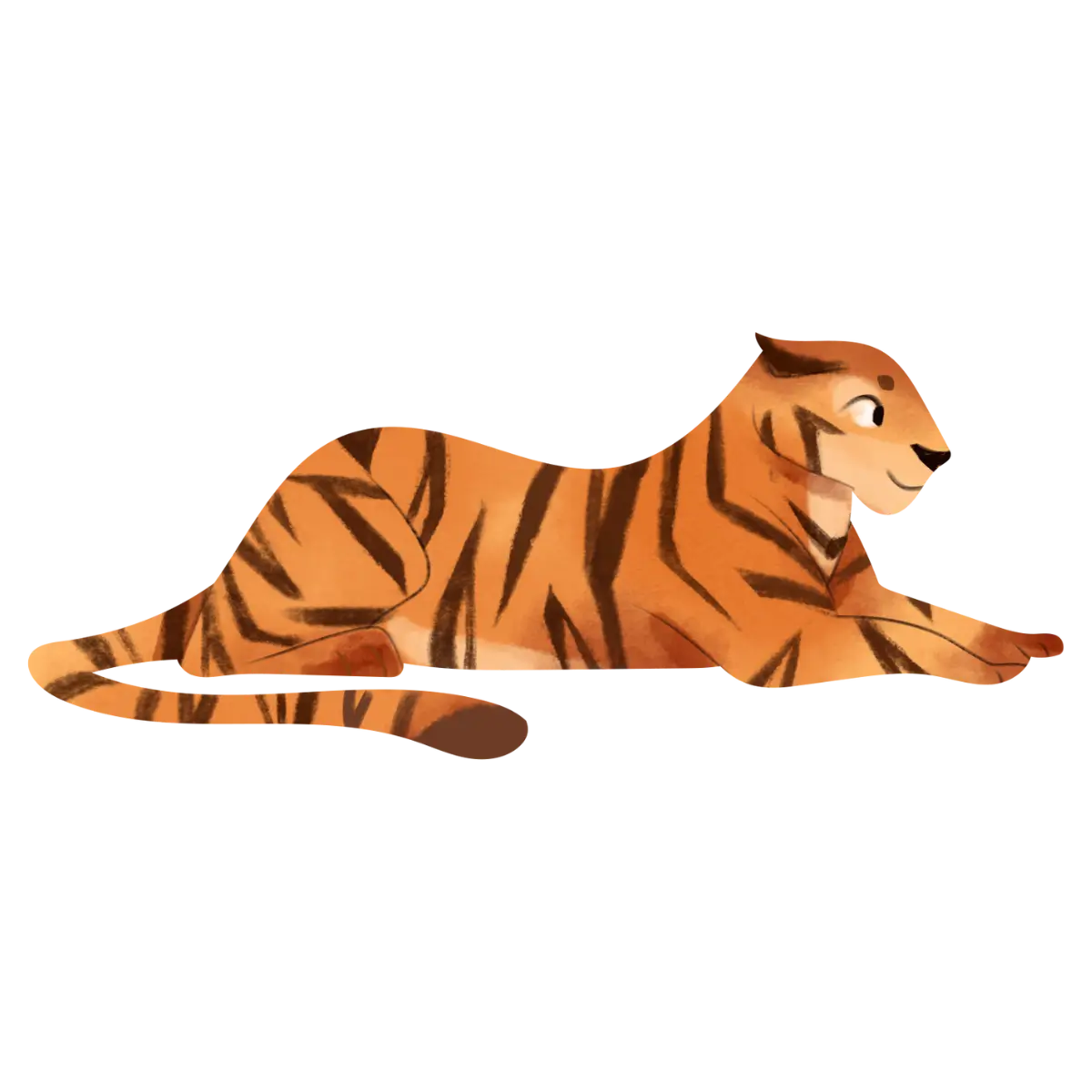
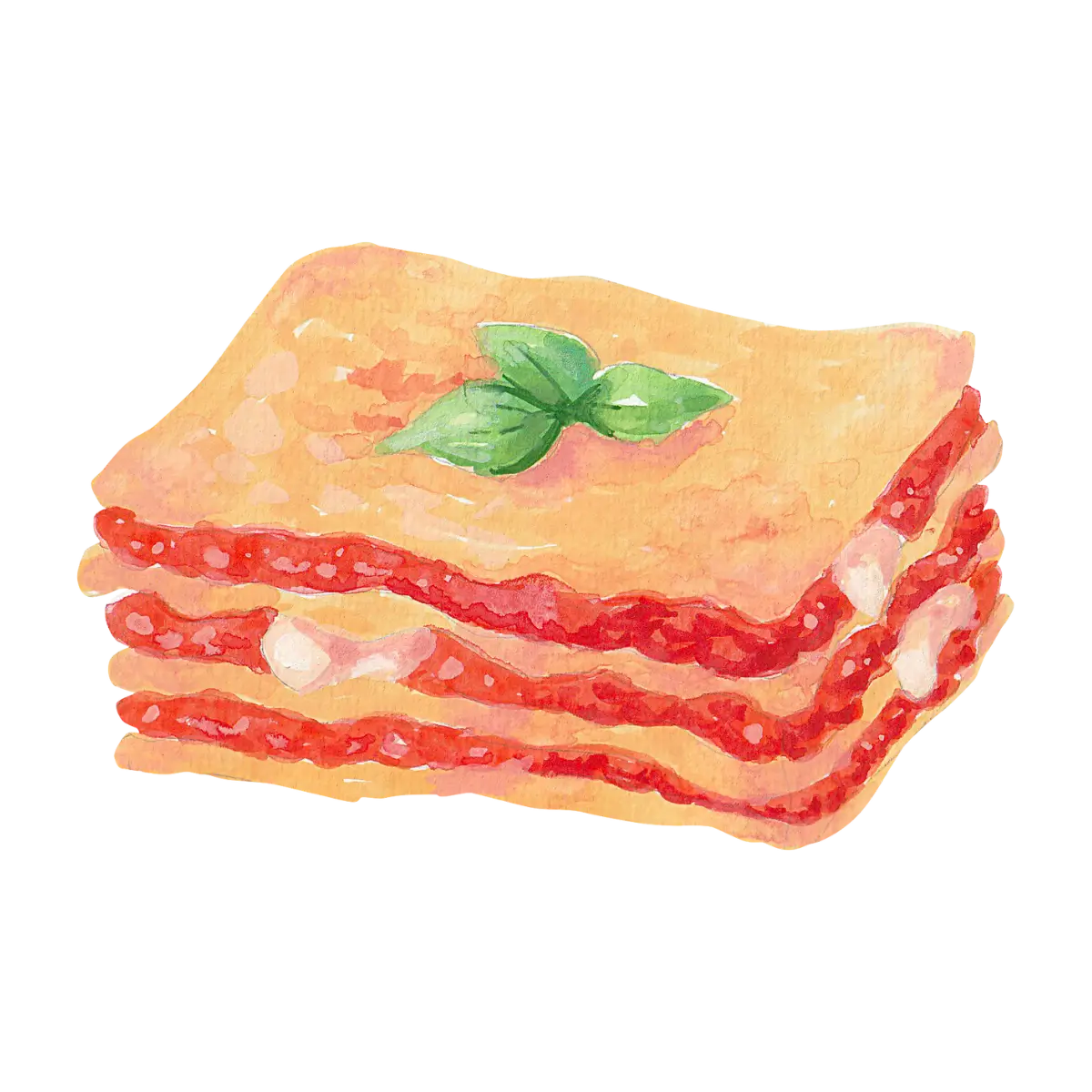
8. Adjectives of origin
We use adjectives of origin to say where someone or something comes from.
Note! Always capitalize adjectives of origin.
Spanish, Chinese, German
Lasagna is a classicItalian dish.
9. Adjectives of material
We use adjectives of material to describe what something is made of.
wooden, plastic, metallic
This restaurant serves cheese and meat bites on a wooden board as an appetizer.
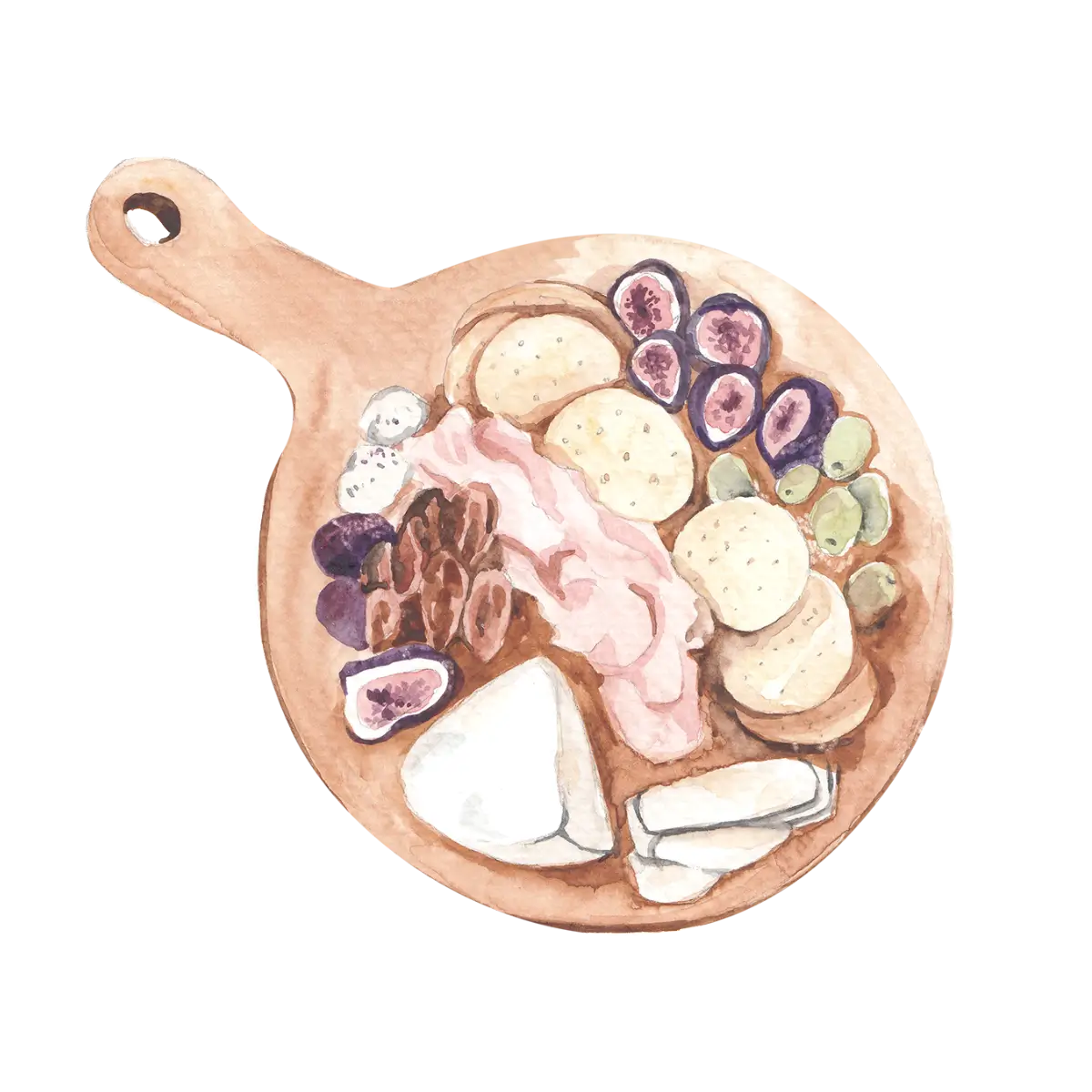

10. Adjectives of purpose
Adjectives of purpose are there to help us describe what something is for.
Usually, they end in -ing, but sometimes, a noun can also act as an adjective and describe the purpose of another noun.
shopping bag, rolling pin, kitchen table, passenger seat
Red and white wine glasses have differently shaped bowls.
This infographic is based on the order presented in the Farlex Grammar Book Complete English Grammar Rules.
Adjectives that have a fixed position
It became clear that adjectives can come both before or after the word they describe and even though there is a specific way to order multiple adjectives – that too is flexible sometimes.
Attributive Position
He is parking thered car.
When the adjective is before the word it describes, it’s in an attributive position (not connected by a linking verb).
Predicative position
The car he parked in was red.
The adjective is in a predictive position when it is after the word it describes, connected by a linking verb.
Most adjectives can take both positions. However, there are adjectives that can only have a predictive position. Many of these adjectives start with the letter “a.”
- asleep
- awake
- afraid
- alone
The list goes on.
➡️ Thehamster is alert and thinking of escape.✅
➡️ Thealerthamster is thinking of escape.❌

Conclusion
- We use adjectives to describe other words in terms of size, height, width, or some other quality.
- Most adjectives can be placed right before the word they describe, or right after it, following a linking verb, for example, to be. Some have a fixed position.
- We can have several adjectives in a sentence. They usually come in a particular order.
- The order of adjectives in English is not written in stone. Different sources have a different order, some even have additional or fewer categories than the ones shown here.
- There are two main categories of adjectives: opinion adjectives & fact adjectives.
- Generally, opinion adjectives come before fact adjectives.
To dive deeper into the types & order of adjectives in English, read the second part of this article. (Opens in a new tab.)
Is there anything strange or difficult about ordering adjectives in your native language?
